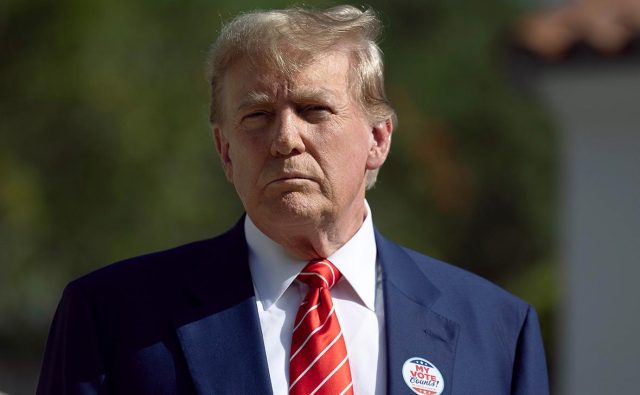Donald Trump and Kamala Harris are in a tight race for the Presidency of the United States. The latest national polls indicate a technical tie between the two candidates.
Kamala took over the Democratic Party candidacy after Joe Biden, the current president, gave up on seeking reelection. This renewed the spirit of Democratic voters, having a direct impact on the electoral race and balancing the scenario again.
Trump is trying to return to the White House after being defeated by Biden in 2020. This is the third presidential election for the businessman, who has the full support of the Republican Party.
Now, the dispute is approaching the final stretch, with around 50 days to go until election day, scheduled for November 5.
This year’s scenario is more similar to 2016 than 2020, according to polling averages compiled by the specialist website FiveThirtyEight. At this point in the last election, Trump was not ahead of his Democratic opponents.
In 2016, Donald Trump had 40.6% support, compared to 41.7% for Hillary Clinton on September 19. The Democrat ended up defeated, and the Republican took over the White House.
In 2020, Trump had 43.5% support, compared to Joe Biden’s 50.1% in the same period.
Even with the greater difference in voting intentions, both elections ended with the same result in the Electoral College: 306 delegates — a figure in the US electoral system — for the winner and 232 for the loser.
In 2024, the FiveThirtyEight average as of September 19 indicates that Kamala Harris has 48.4% support, compared to Trump’s 45.5%.
“Game of inches”
A New York Times survey in partnership with Siena College released this Thursday (19) revealed that the two candidates have 47% of voting intentions.
The tight results at the national level indicate that the US election will be decided by votes in the swing states.
For a candidate to win the election, they must win 270 delegates in the Electoral College. Each state has a pre-established number of delegates and, generally, the candidate with the most votes in the state receives the votes of these delegates.
In an interview during the WW Special program, Clifford Young, president of the Ipsos research institute in the USA, commented: “Between 40 thousand and 200 thousand votes are what matters at this moment, so, [é] a ‘game of inches’”.
This content was originally published in What were the polls like for the US elections 50 days before the vote in other years? on the CNN Brasil website.
Source: CNN Brasil
Bruce Belcher is a seasoned author with over 5 years of experience in world news. He writes for online news websites and provides in-depth analysis on the world stock market. Bruce is known for his insightful perspectives and commitment to keeping the public informed.







